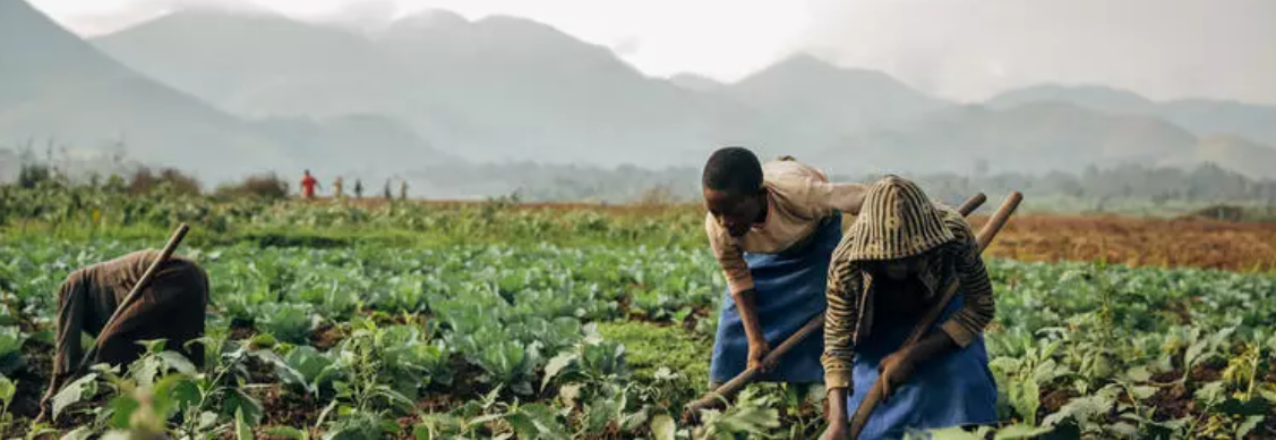The focus of this document is natural resource management for terrestrial food systems. The GFSS 2022–2026 aims to sustainably reduce global poverty, hunger, and malnutrition across three interconnected strategic objectives: inclusive and sustainable agriculture-led economic growth; strengthened resilience among people and systems; and a well-nourished population, especially among women and children. The GFSS recognizes natural resource management as essential to achieving its strategic objectives through Crosscutting Intermediate Result (CCIR) 5: Improved natural resource management, and CCIR 6: Improved water resources management. The GFSS also highlights “healthy ecosystems and biodiversity” and “enhanced climate change adaptation and mitigation” as complementary results that are necessary for improving food security and nutrition.
This guidance shares guiding questions to improve current integration approaches in a more coordinated, systematic manner when designing activities, and examples of programming in practice.
The Activity Design Guidance documents provide a shared understanding of key concepts and best practices for designing and implementing Feed the Future activities under the Global Food Security Strategy. Aid effectiveness principles are core to implementation across these technical areas.
Implementers are strongly encouraged to refer to multiple relevant GFSS Activity Design Guidance documents in conjunction for best implementation practices and suggestions for designing activities.
The Activity Design Guidances replace the Technical Guidances for the U.S. Government Global Food Security Strategy (2017–2021) that will be archived in May 2023.
This is one of several Activity Design Guidance documents for implementing the U.S. Government’s Global Food Security Strategy. The full set of documents is at www.feedthefuture.gov and www.agrilinks.org.


